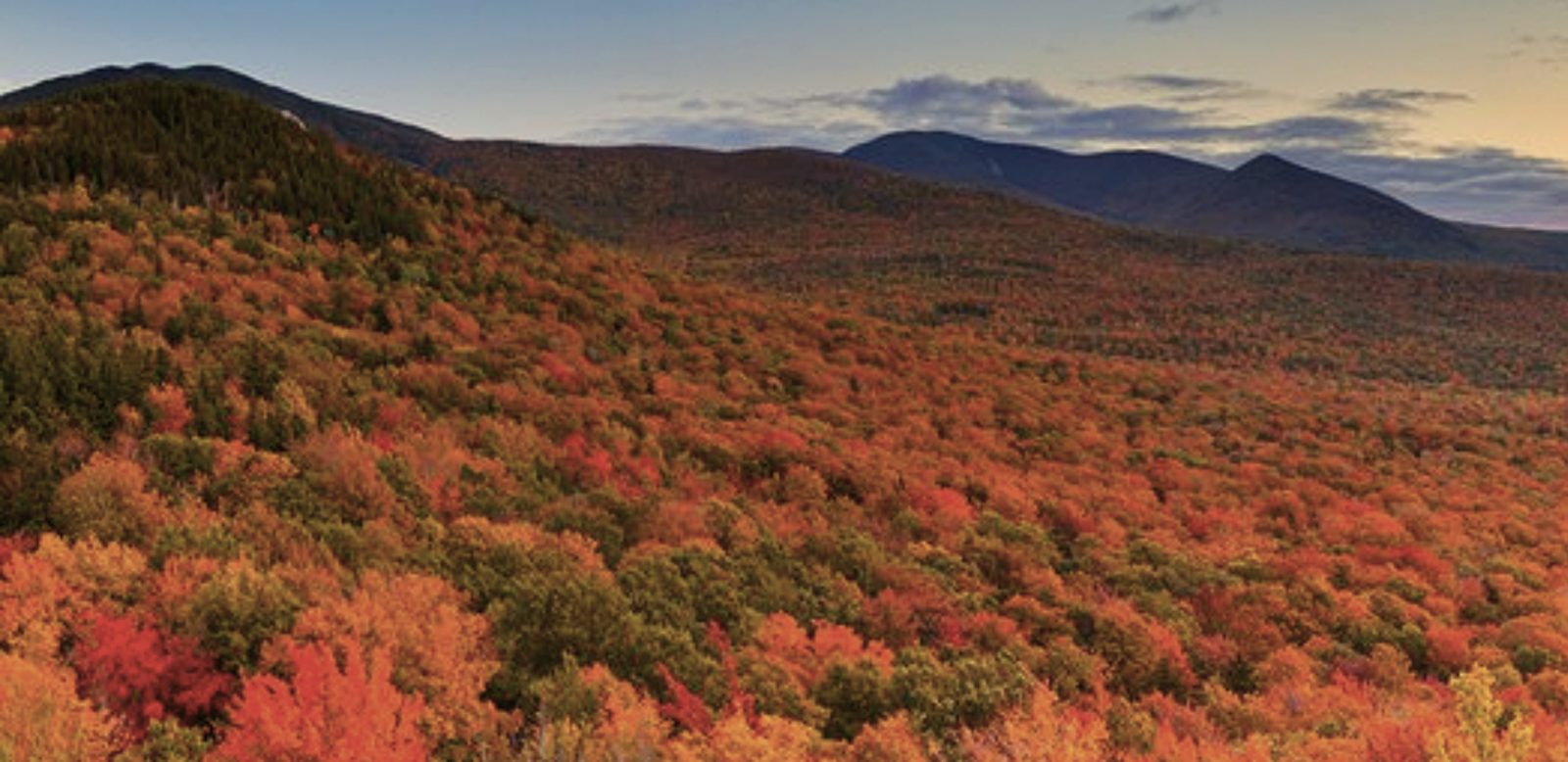A cloud of mist covered everything and when it lifted they disappeared.
That is the tale that is often told to explain the disappearance of the Anasazi Indians from Mesa Verde.
The Anasazi built small farming villages that spread across the broad mesa landscape. For unknown reasons, around AD 1200 ,the farmers relocated from their mesa top villages to deep Cliffside alcoves. A drought occurred between AD 1273 and 1285 and scholars believe that in response, the Anasazi migrated to New Mexico and Arizona.
For more than five centuries, the cliff dwelling lay silent until, in 1888 two cowboys followed an Indian trail up to Mesa Verde searching for stray cattle. They spotted the vague shapes of a “magnificent city” perched on a Cliffside through the falling snow and were intrigued. The cowboys were warned by a Ute Indian not to enter the ruins and disturb the dead but they descended into the canyon … Inside, they discovered pots resting on hearths, food sitting on bowels on the floor – as if they were expecting to return. The largest of the Cliff dwellings, Cliff Palace contains 240 rooms and kivas.
 Sand Canyon Pueblo nearby may be an exception to the planned departure of people from other sites. It happened suddenly. Kivas where burned. We will never know what happened.
Sand Canyon Pueblo nearby may be an exception to the planned departure of people from other sites. It happened suddenly. Kivas where burned. We will never know what happened.
However, they didn’t disappear – they are still with us. After the Anasazi left their great houses and cliff dwellings ,their culture emigrated with them. Thus, their influences can be seen even today in the Hopi, Zuni and Pueblo cultures.
Comments
Powered by Facebook Comments


